Contraindications for contact lens- 20 conditions to avoid
The contact lens industry is a significant sector within the broader eyewear and vision care market as over 140 million world population wear contact lenses. Contraindications for contact lens means the conditions in which one should avoid wearing contact lens. It’s essential to consult with an eye care professional before using contact lenses to determine if they are suitable for you or not.
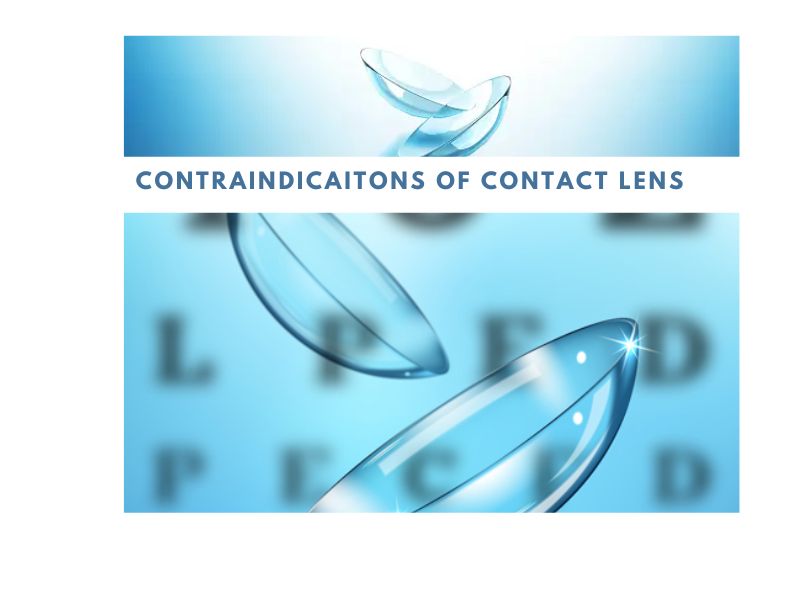
Mental incompatibility
Mental incompatibility refers to a situation where an individual’s mindset, lifestyle, or personality traits do not align well with the responsibilities and demands of wearing contact lenses. This could encompass factors such as forgetfulness, lack of attention to detail, poor hygiene practices, or an aversion to adhering to a strict routine. Failure to maintain adequate hygiene can lead to a buildup of bacteria and debris on the lenses, increasing the risk of eye infections and discomfort. Forgetting to remove or replace lenses on time can lead to eye strain, dryness, and discomfort. People who struggle with attention to detail might find these tasks challenging, leading to frustration and potential eye health risks.

Pregnancy
Pregnancy is a time of remarkable changes in a woman’s body, and many aspects of health require careful consideration. Hormonal changes during pregnancy can also affect tear production and the moisture level of the eyes. Pregnancy can lead to a slightly suppressed immune response to prevent the body from attacking the developing fetus. However, this lowered immune response can potentially leave the eyes more susceptible to infections. Contact lenses, if not adequately cleaned and maintained, can harbor bacteria and increase the risk of eye infections.

Persons with allergy
Allergies often lead to red, itchy, and watery eyes due to the body’s immune response to allergens. Introducing contact lenses into this equation can intensify these symptoms. Allergies can also affect tear production, resulting in dry eyes. Wearing contact lenses on dry eyes can cause friction and discomfort, leading to a cycle of further irritation and potentially worsening the allergic response.

Poor personal hygiene
If you struggle with poor personal hygiene habits, contact lens wear might not be the best option for you. Failing to wash hands properly before handling lenses can introduce harmful bacteria and contaminants directly onto the lenses. These microorganisms can then transfer to your eyes, leading to infections that can cause discomfort, redness, and even potential vision loss if left untreated.

Non compliant unmotivated patients
Non-compliance with proper hygiene practices significantly increases the risk of eye infections and complications when wearing contact lenses. Non-compliant individuals often disregard recommendations for lens replacement schedules and wear lenses for longer than advised. A contact lens wearer needs to be motivated enough to ensure lens care routines.

Young children
Contact lens wear requires a certain level of maturity, discipline, and responsibility. Children are more prone to rubbing their eyes and are often less cautious about hygiene. Children might struggle with proper hygiene practices, including consistently washing hands before handling lenses and adhering to strict cleaning routines.

Inability to use hands
Inserting and removing contact lenses require precise movements and coordination of fingers and hands. Individuals who lack the ability to use their hands effectively might find it challenging to place the lenses correctly on the eyes. Minor eye irritation caused by contact lenses can lead to desire to rub the eyes. This can not be done if the individual have conditions like paralysis, pain in joints, and poor coordination of hands.

Diseases of lacrimal apparatus
If there’s a problem with the drainage system of the lacrimal apparatus, it could lead to inadequate tear drainage, increasing the risk of eye infections and irritation. Contact lenses can introduce foreign materials to the eyes, potentially worsening existing issues.
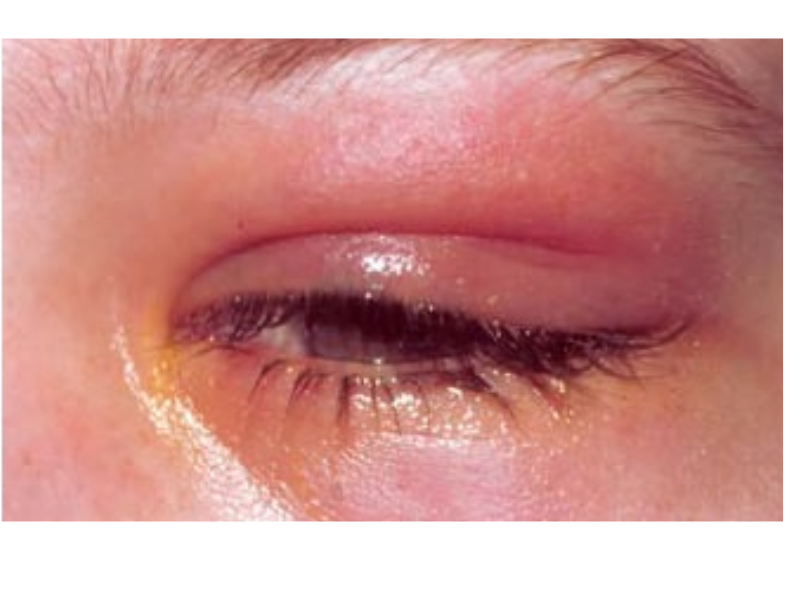
Diseases of eyelids
An individual should avoid wearing contact lenses if he/ she is already having eyelid infections such as styes or blepharitis. In the case of an eyelid infection, the risk of spreading the infection to the eye increases when contact lenses are worn. They can contribute to further irritation, potentially making the infection more uncomfortable and harder to manage.
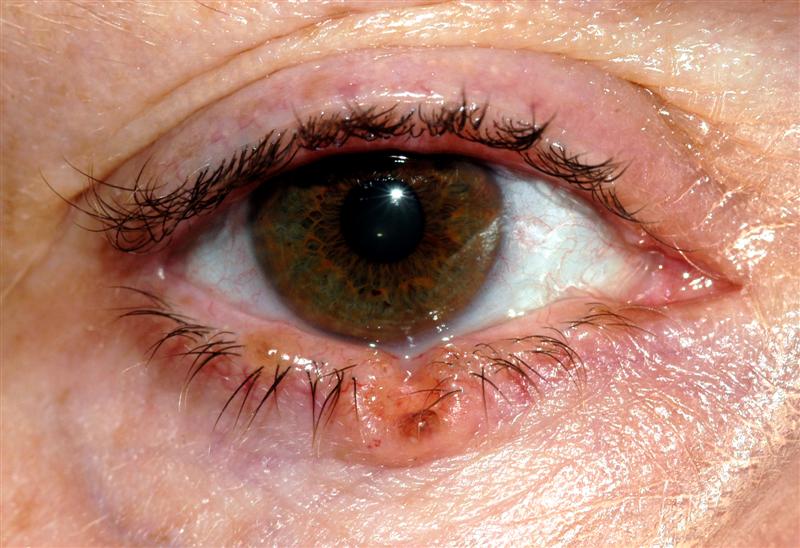
Diseases of cornea
Cornea is the transparent surface of the eye on which one wears contact lenses. The corneal diseases in which one should not wear contact lenses are corneal scars, corneal ulcers, keratitis, corneal dystrophies, corneal edema, and corneal erosions etc. In these conditions, wearing contact lens can increase discomfort and slow down healing process.

Episcleritis and Scleritis
Inflammation and discomfort associated with episcleritis or scleritis might make it difficult to tolerate contact lenses. Wearing contact lenses could potentially worsen your symptoms or cause additional discomfort. Contact lenses are generally not recommended if an individual is having inflammatory eye conditions.
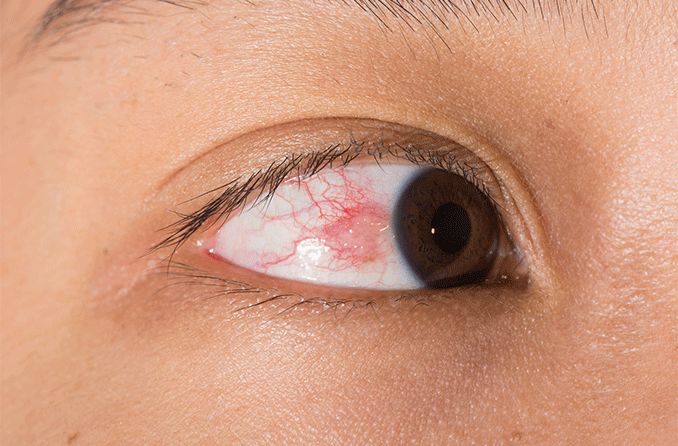
Conjunctivitis
Conjunctivitis is an inflammation of the conjunctiva, which is the transparent tissue covering the white part of the eye and the inner surface of the eyelids. This condition can be caused by various factors, including viruses, bacteria, allergens, and irritants. Conjunctivitis often leads to redness, itching, irritation, and excessive tearing leading to difficulty in wearing contact lens.

Dry eyes
Wearing contact lenses can disrupt the tear film, leading to increased evaporation and decreased lubrication. If a person has dry eyes further worsen this scenario, making it harder for contact lens wearers to maintain adequate tear film stability. The cornea relies on oxygen from the air to stay healthy and function optimally. When deprived of oxygen due to contact lens wear, dry eyes can become even more uncomfortable.
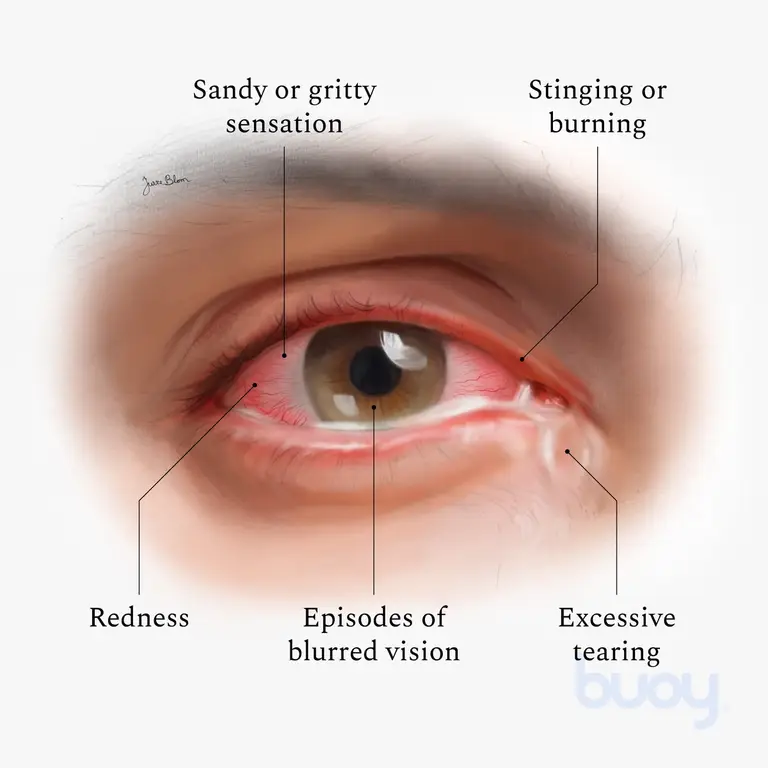
Systemic diseases
Some systemic diseases, such as autoimmune disorders like systemic lupus erythematosus (SLE) or HIV/AIDS, can weaken the immune system. Contact lenses, especially extended wear lenses, can increase the risk of eye infections. Diseases like diabetes, rheumatoid arthritis, and Sjögren’s syndrome can contribute to dry eye syndrome.
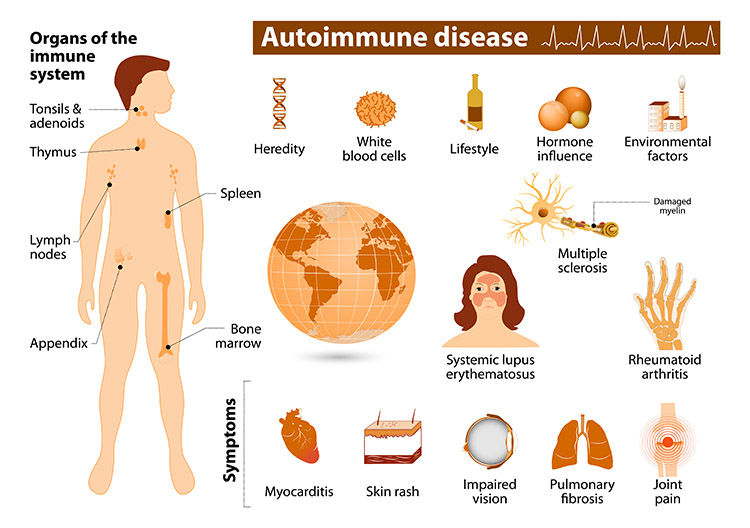
Corneal hypersensitivity
Corneal hypersensitivity, characterized by an increased sensitivity of the cornea to various stimuli, can make wearing contact lenses challenging. Even soft contact lenses, which are designed for comfort, might cause significant discomfort for individuals with corneal hypersensitivity. Hypersensitivity can sometimes be linked to underlying tear film instability or dry eye syndrome.

Occupational incompatibility
Occupational incompatibility refers to circumstances where the nature of the work, the environment, or potential hazards makes wearing contact lenses less suitable. Certain occupations involve exposure to irritants, chemicals, fumes, or dust particles that can easily come into contact with the eyes. Wearing contact lenses can increase the risk of these substances getting trapped between the lens and the cornea. Certain work environments, such as those with low humidity or excessive air conditioning, can exacerbate dry eye symptoms. Contact lenses can amplify this discomfort by contributing to dryness and irritation.

Sensitivity to CL solution
If you’re sensitive or allergic to any of the components in the solution, it can lead to irritation, redness, itching, and discomfort when the solution comes into contact with your eyes. Sensitivity to contact lens solution makes it difficult to tolerate the presence of the contact lens.

Eye injury
In case of eye injury, the eye is suffering from pain, wound and infection. It is strictly prohibited to wear contact lenses in these conditions.

Frequent eye irritations
In frequent eye irritations, an individual develops habit of rubbing his eye. Rubbing can damage the eye if a person is wearing contact lenses.

Strabismus
In case of strabismus, the visual condition where the eyes are not aligned properly and point in different directions. This misalignment can occur all the time or intermittently. In case of severe strabismus, the optical axis of contact lens may not align with the visual axis of the eye as the deviation occurs in the strabismic eye.
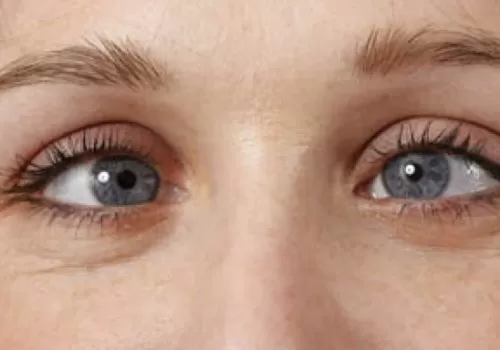
Founder of EyesMatterMost- an optometry student who loves talking about eyes. I tend to cover topics related to optometry, ophthalmology, eye health, eyecare, eye cosmetics and everything in between. This website is a medium to educate my readers everything related to eyes.

